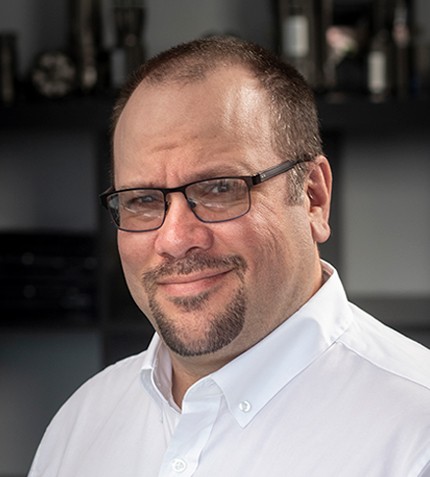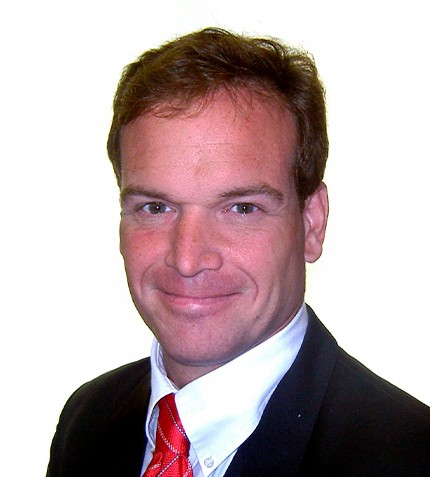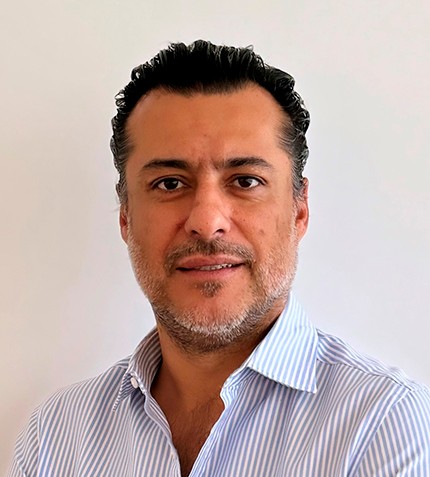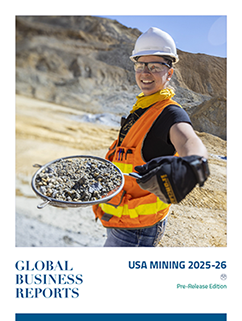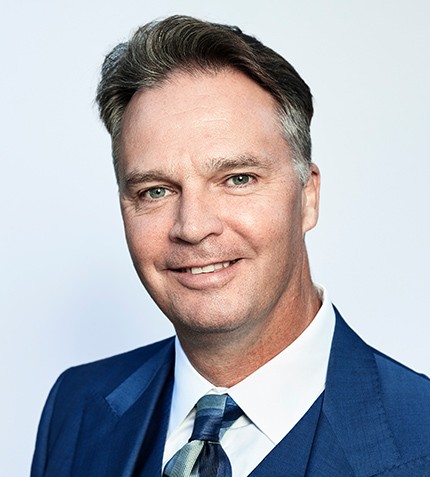
"Our Cactus mine asset is a big copper porphyry system located on private land in Arizona."
George Ogilvie
PRESIDENT AND CEO, ARIZONA SONORAN COPPER COMPANY
Can you provide a brief introduction to Arizona Sonoran Copper Company and to its Cactus asset?
Arizona Sonoran closed its initial public offering in November 2021 and is listed on the Toronto Stock Exchange under ASCU. In April 2022, we also listed on the OTCQX under the symbol ASCUF. Our Cactus mine asset is a big copper porphyry system located on private land in Arizona. It was a former producing open pit mine in the 1970s and 1980s, and ASARCO actually had a copper concentrator on site producing copper concentrate. The mine closed in 1984 due to the copper price at the time. There was still a significant amount of mineralization in the ground, and our PEA issued in 2021 demonstrated a resource of approximately 3.5 billion lbs of copper (1.6 billion lbs of copper in the indicated category and 1.9 billion lbs in the inferred category).
What do you believe attracted Rio Tinto to join Arizona Sonoran as a shareholder?
The reason why Rio Tinto was specifically interested in Arizona Sonoran was that 1.3 billion of the 3.5 billion lbs of copper is contained in a primary sulphide (chalcopyrite). Because the copper concentrator was removed with the historic closure of the mine, our proposed plan is to restart production of the oxide and enriched leachable material with an SXEW plant using a heap leach operation, but there is no commercial technology today where we can leach the copper from a primary sulphide. The Rio Tinto group of companies has created a subdivision, NutonTM, which has developed a technology which will allow for the leaching of a primary sulphide under a commercial application. If this NutonTM technology proves to be successful, Rio Tinto believes we will be more open to entering into a commercial agreement with them where they would share in the profits from the sale of copper from the primary sulphide, given that our shareholders and ourselves are getting absolutely no value for that copper at the moment.
Can you elaborate on the permitting aspect of the project?
All the land we control at Cactus and Parks/Salyer is on private land. We are thus only dealing with the state regulator and the local municipal authority, which significantly streamlines the permitting process. We are experiencing community support and maintain a very strong social licence at and around the Cactus project.
What did the PEA for the Cactus project show, and how is inflation affecting the results?
We put out a PEA in August 2021. We ran the financial and economic model using a copper price of US$3.35/lbs. Using those numbers, we came up with an NPV8 of US$312 million after-tax and an IRR of 33%. The expected capex to bring this mine back into production was only US$124 million as it will be a heap leach operation. There is a vast surface stockpile which was formally classified by ASARCO as waste because it was oxide material and could not be processed through the initial copper concentrator. Today, with new heap leaching technologies and more robust copper prices, that surface stockpile can generate significant profits and free cash flow.
We expect the capital to increase above US$124 million, as anytime you go from a PEA to pre-feasibility, to a bankable study, you would typically see a cost increase of 20% to 30%, and timing is not great given the inflationary pressures.
What are Arizona Sonoran’s priorities for the coming months, and when can we expect to see the mine in production?
Arizona Sonoran will complete a pre-feasibility study on the Cactus project which will then lead into a bankable feasibility study in 2023, with the goal to put in place the project financing to start construction and development. Given that it is a former producing mine with a relatively low capex and significant permits already in place, we would like to see this asset come into production in the next two to three years. We will also have an exploration campaign at Park/Salyer as we believe that there is an additional 2.5 to 3 billion lbs of copper still sitting in the ground at this deposit which would put us on the radar screen of many of the mid-tier and major producers.




